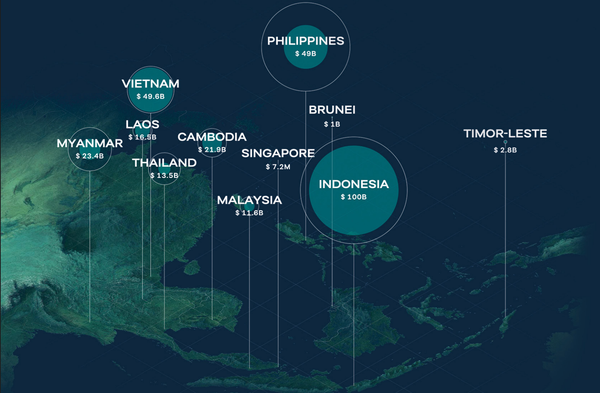
SEA turns to China as Western aid retreats – Lowy report
A new Lowy Institute report shows how Western aid cuts and rising loans from China, the Asian Development Bank and the World Bank are reshaping development finance across Southeast Asia.
A collection of 9 posts

A new Lowy Institute report shows how Western aid cuts and rising loans from China, the Asian Development Bank and the World Bank are reshaping development finance across Southeast Asia.
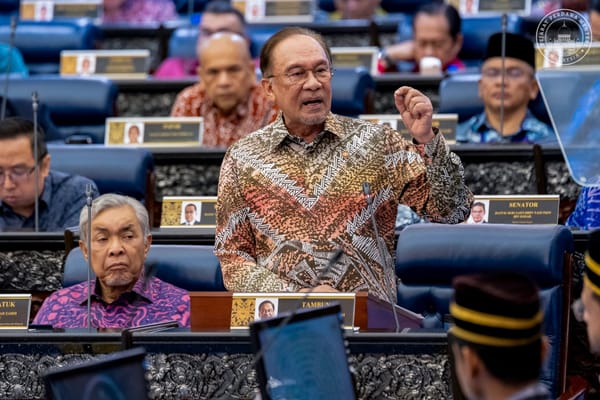
Trump’s attendance would mark the first time a Republican president has attended an Association of Southeast Asian Nations (ASEAN) leaders’ meeting, following several years of lower-level US representation.
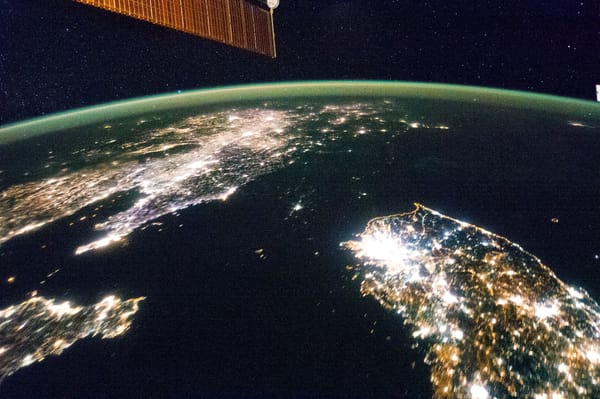
The strategy, presented at a national hearing in Daejeon, central South Korea, on 17 July, forms part of the KASA roadmap, introduced in 2024 as an agenda item for the Korean National Space Council.
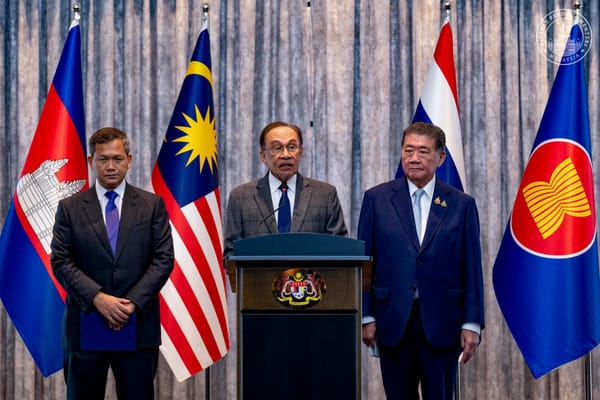
The ceasefire was negotiated in Malaysia after 5 days of deadly clashes that killed at least 43 people and displaced over 300,000. Although the agreement was declared “immediate and unconditional”, field commanders on both sides reported violations within hours.

“This is a safeguard to protect Malaysia’s status as a responsible trade partner,” the ministry said in a statement issued on 14 July. “Firms found violating these controls will face legal action.”
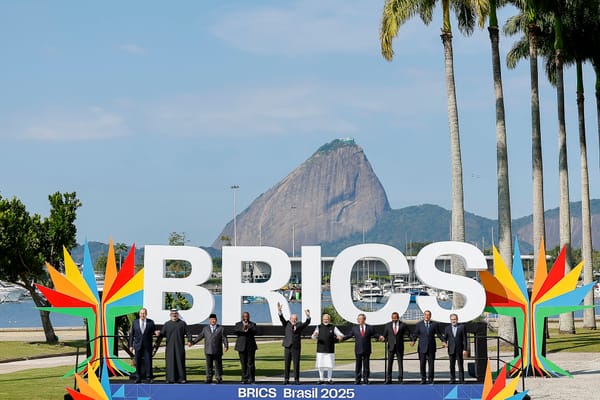
French economist Thomas Piketty urged Western powers to take BRICS seriously, given its rising economic weight. He noted the bloc has surpassed the G7 in purchasing power parity, accounting for more than 32% of global GDP.
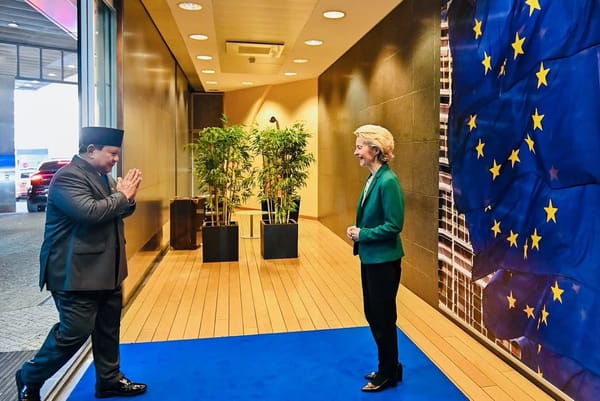
Indonesian President Prabowo Subianto described the deal as a win for economic sovereignty. “We agreed to deepen the Comprehensive Economic Partnership Agreement or CEPA to open up greater opportunities for sustainable trade and investment in the country,” Subianto wrote on Facebook.
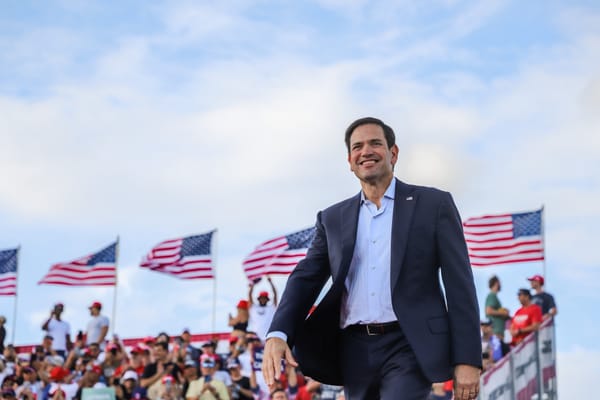
According to a White House press release, Rubio’s trip aims to highlight the strength of the US’s Comprehensive Strategic Partnership with ASEAN and to reaffirm the commitment to building on the Comprehensive Partnership with Malaysia.

Bambang Brodjonegoro, dean of the ADB’s Tokyo-based think tank, said Southeast Asia’s largest middle-income economies are at risk of long-term stagnation as demographic advantages fade and productivity growth stalls.